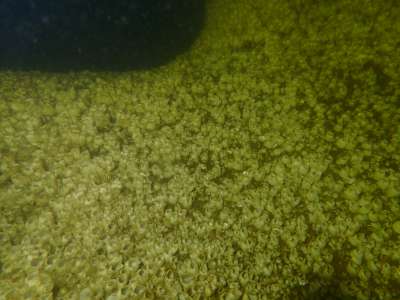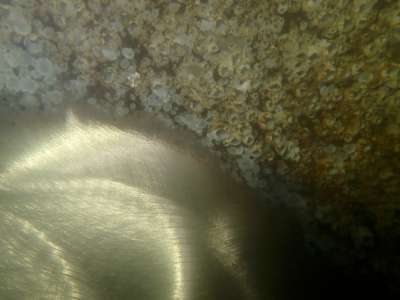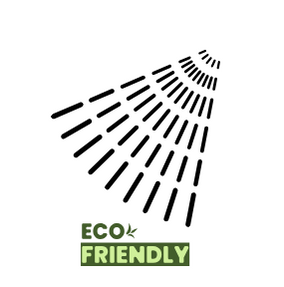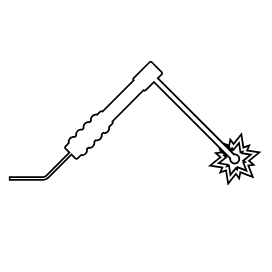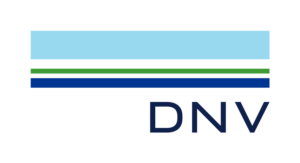Propeller Polishing (including PBCF/End cap) - Multi Stage Class "A"
- “Rough” Polishing – To remove heavier oxidation, surface pitting, and more adherent marine growth. Rough polishing employs more abrasive polishing materials. This stage focuses on leveling out any significant imperfections and preparing the surface for finer polishing.
- “Intermediate” Polishing – To smooth out scratches and marks introduced during rough polishing and to start enhancing the surface finish. Intermediate polishing uses medium-grit abrasives. The tools and materials at this stage are chosen to refine the propeller’s surface further without removing too much material. It aims to reduce surface roughness and prepare the propeller for the final polishing stage.
- “Fine” Polishing – To achieve a high-quality finish that minimizes hydrodynamic drag and optimizes propeller efficiency.
5 Oceans Diving Invested significantly to become an industry leader in underwater propeller polishing with an open loop reclaim technology and 3 step filtration method. This approach not only aims at refining the process of propeller maintenance but also addresses the critical environmental concerns associated with underwater propeller polishings. After throughly testing our polishing system and filtration method in a controlled environment, the system confirmed to have such an filtering effect that surrounding waters in port during our propeller polishing is even getting cleaner then before we have commenced the polishing operation. This possitive influence to the environment is one of goals which we are proud of and our propeller polishing and filtration methods have been approved by the authorities.

